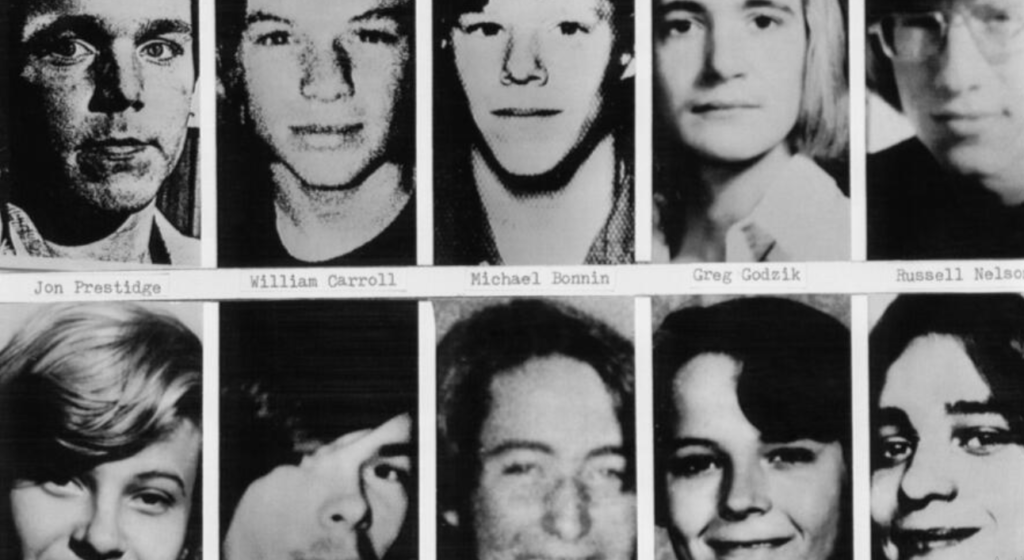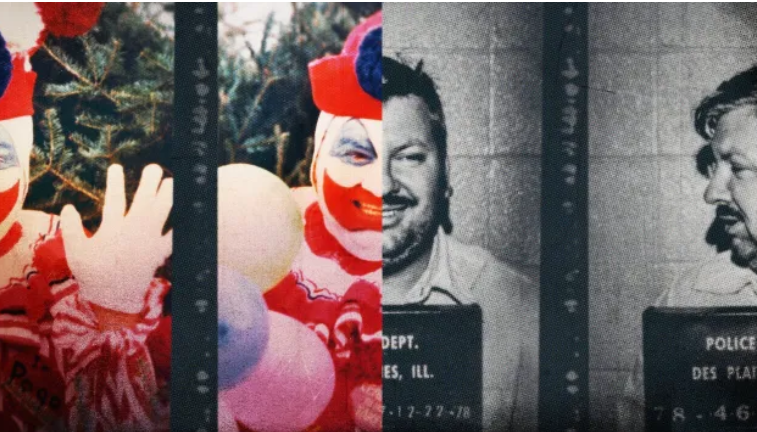In the annals of American crime, few figures are as disturbing as John Wayne Gacy. Known for his public persona as a jovial clown named Pogo, Gacy’s dual life as a serial killer horrified the nation. This article delves into the sinister transformation of Gacy, exploring how he used his clown identity to mask his true nature and commit heinous crimes.
Pogo the Clown was more than just a costume for John Wayne Gacy; it was a carefully crafted alter ego. Gacy, a respected community member, frequently entertained children at parties and charity events dressed as Pogo. The colorful costume, cheerful makeup, and playful demeanor were designed to evoke joy and laughter, masking the darkness that lurked beneath. Gacy’s ability to separate his public image from his private monstrosities allowed him to evade suspicion and prey on vulnerable young men.
The Dual Life of John Wayne Gacy:
Gacy’s life was a chilling dichotomy. By day, he was a successful businessman and active community member, even receiving recognition for his involvement in local Democratic Party politics. He was seen as a model citizen, always willing to lend a hand. However, beneath this facade was a man driven by unspeakable urges. Gacy’s duality is a stark reminder of the complexities of human nature and the potential for evil to hide in plain sight.
Psychological Insights
To truly understand John Wayne Gacy’s transformation into Pogo the Clown, it’s essential to delve into the complexities of his psyche. The clown persona provided Gacy with a psychological mask that allowed him to dissociate from his heinous crimes, creating a disturbing blend of innocence and malevolence. This section explores the factors that may have contributed to Gacy’s twisted duality and the psychological mechanisms at play.
Childhood Trauma and Development:
Gacy’s early life was marked by a turbulent relationship with his father, who was abusive and highly critical. This environment of constant criticism and emotional abuse likely planted the seeds of Gacy’s later psychological issues. His father’s derogatory remarks about Gacy’s masculinity and worth may have contributed to a deep-seated need for control and power, which he later expressed through his violent acts. The trauma from his childhood might have also fostered a split in his identity, leading him to create a separate persona in Pogo the Clown, who could embody the happiness and acceptance he never received as a child.
The Clown as a Symbol:
Clowns are traditionally seen as figures of joy and innocence, making Gacy’s use of this persona particularly perverse. Psychologically, the clown allowed Gacy to adopt a facade of normalcy and benevolence, concealing his darker impulses. This mask provided him with a sense of security, enabling him to engage in predatory behavior without arousing suspicion. The duality of the clown – a figure capable of bringing both laughter and fear – mirrored Gacy’s own split personality, embodying both the harmless entertainer and the sinister predator.
Sexual Sadism and Narcissism:
Gacy’s behavior also exhibited traits of sexual sadism and narcissism. Sexual sadists derive pleasure from inflicting pain and suffering on others, and Gacy’s brutal treatment of his victims aligns with this profile. His narcissism, characterized by a grandiose sense of self-importance and a lack of empathy, further fueled his predatory actions. The Pogo persona fed into his narcissistic need for admiration and validation, while also providing a means to fulfill his sadistic desires under the guise of a trusted community figure.
Psychiatric Evaluations:
During his trial, Gacy underwent several psychiatric evaluations, which revealed a complex and disturbed individual. Some experts diagnosed him with antisocial personality disorder, characterized by a lack of remorse, deceitfulness, and impulsivity. Others noted signs of borderline personality disorder, marked by unstable relationships, intense emotions, and an unstable self-image. These diagnoses highlight the intricate web of psychological issues that underpinned Gacy’s actions and his creation of the Pogo persona.
Victims: Remembering the Lives Lost to John Wayne Gacy
While the focus often rests on John Wayne Gacy’s horrific actions, it’s crucial to honor the memories of the young men whose lives were brutally cut short. Each victim had dreams, families, and futures that were stolen from them. This section sheds light on their stories, the impact of their loss, and the ongoing efforts to remember and honor their lives.
Profiles of the Victims:
- Timothy McCoy (16): A runaway from Michigan, Timothy McCoy was Gacy’s first known victim. He met Gacy at a bus terminal, and after a promise of a ride, he was lured to Gacy’s home where he met a tragic end.
- John Butkovich (18): A former employee of Gacy’s construction business, John Butkovich disappeared after arguing with Gacy over unpaid wages. His family’s relentless search for him played a crucial role in drawing attention to Gacy’s suspicious activities.
- Gregory Godzik (17): Gregory Godzik was another employee of Gacy’s who went missing after working a short time for him. His disappearance added to the growing list of young men who vanished after associating with Gacy.
- Robert Piest (15): Robert Piest’s disappearance was the turning point in the investigation. The high school sophomore went missing after telling his mother he was going to meet Gacy about a potential job. His case prompted a thorough investigation that ultimately led to Gacy’s arrest.

The families of Gacy’s victims endured unimaginable pain and loss. For years, they faced uncertainty, not knowing the fate of their loved ones. Many of them actively searched for answers, placing missing person posters, and contacting authorities repeatedly. Their determination and perseverance were instrumental in bringing Gacy’s crimes to light.
The dark legacy of John Wayne Gacy and Pogo the Clown is a stark reminder of the complex interplay between appearance and reality. Gacy’s ability to hide his monstrous nature behind a mask of innocence underscores the need for vigilance and awareness. As we reflect on his crimes, we must also honor the memories of his victims and strive to prevent such tragedies in the future.










